The first visioning session closed on Earth Day, April 22, 2021. You are still welcome to add more comments. Edits to the vision are underway and will be followed by another visioning period.
- Use the "like/dislike" buttons to express approval or disapproval of each vision element.
- Read other peoples' comments (Click "Discuss.") Give thumbs up to comments you agree with.
- Click "Discuss" and use the comment feature to make specific suggestions for improvements to the vision. Please be as specific as you can. Please be respectful of others.
This section combines buildings with electricity (or "energy") production.
After transportation, buildings - at 22% - represent our next-largest source of "activity-based" emissions.
Getting to net-zero or carbon-neutral buildings requires a three-step process:
- Energy efficiency measures (insulation, LED light bulbs, etc)
- Fuel-switching from fossil fuels to electricity
- Supplying 100% clean and renewable electricity (on-site or grid-supplied)
Across building types, the majority of building energy use goes for water heating, space heating and air conditioning. These uses, therefore, result in the majority of heat-trapping emissions from buildings. This understanding suggests a good place to start.
As costs for solar photovoltaic and wind energy systems declines steadily, 100% clean and renewable electricity is becoming normal.
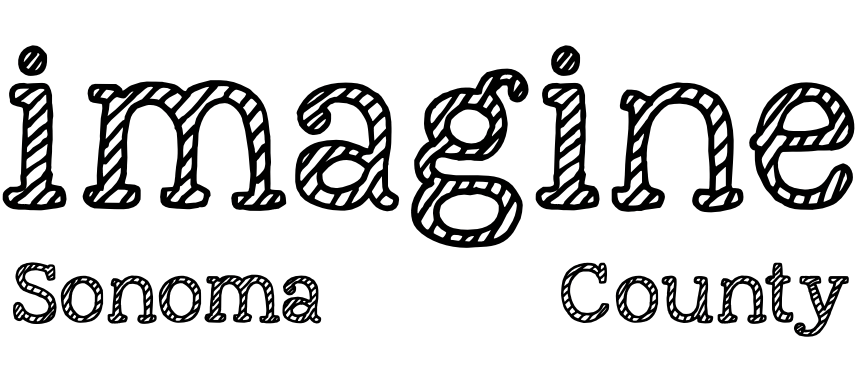



 DISCUSS
DISCUSS




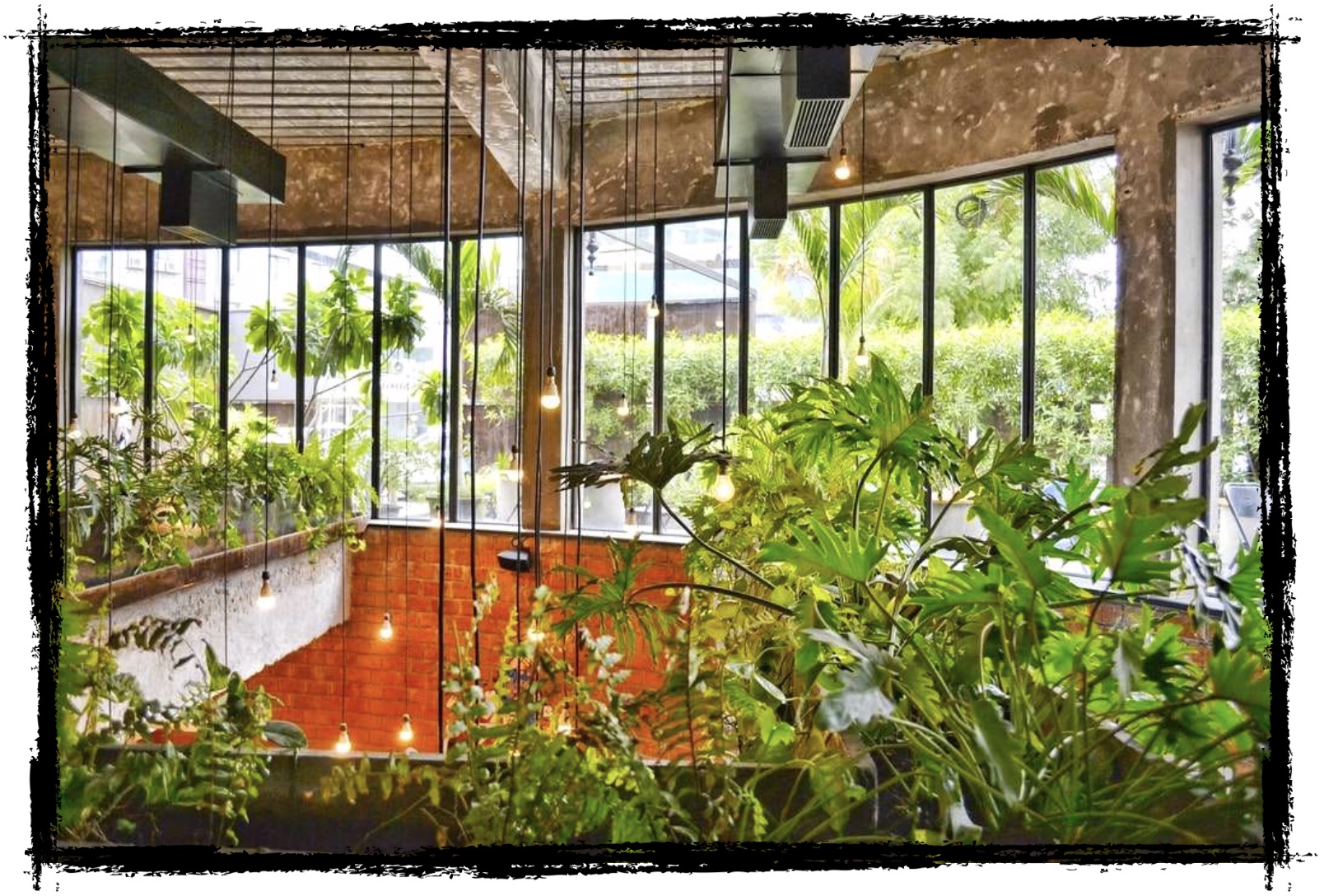





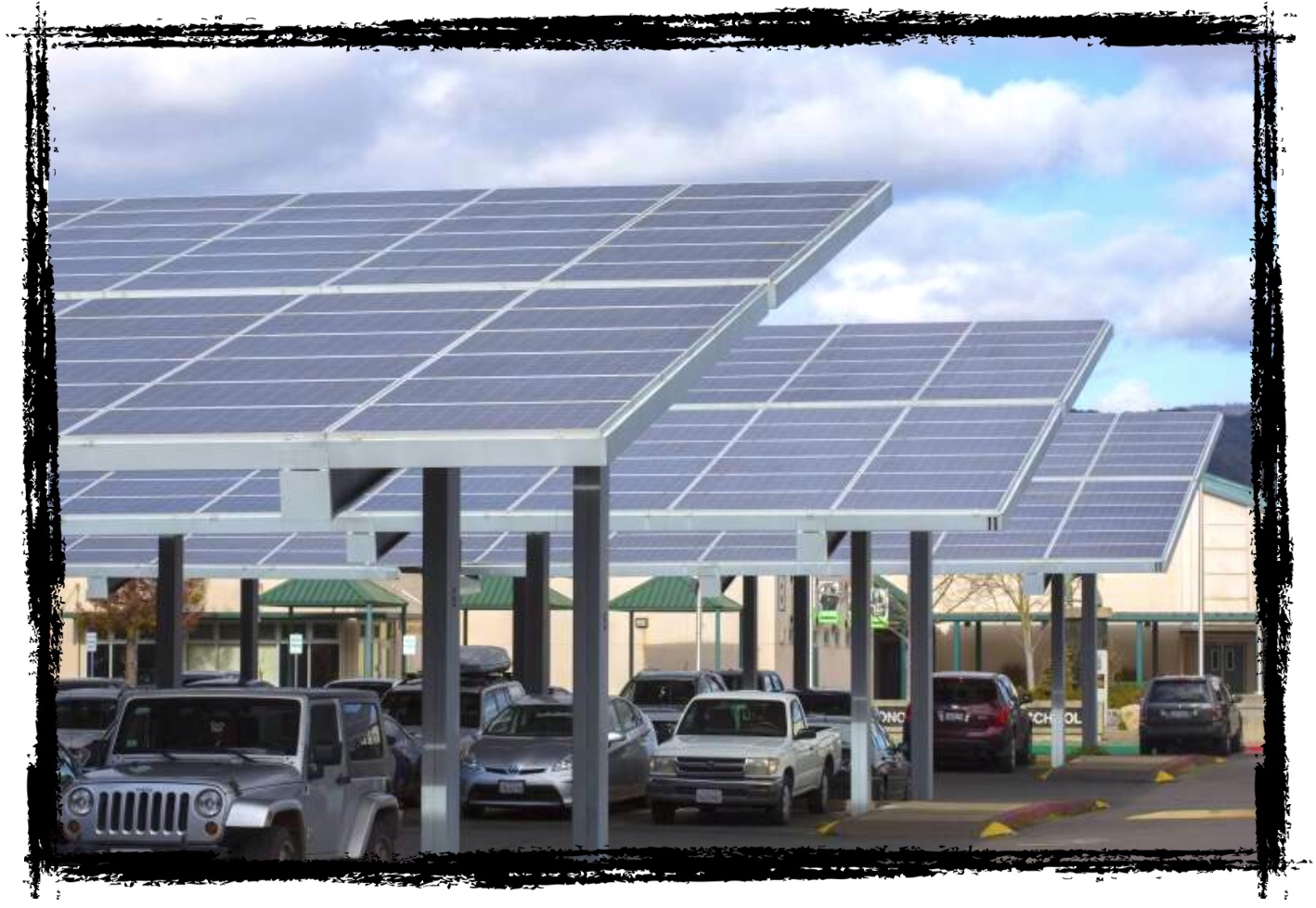

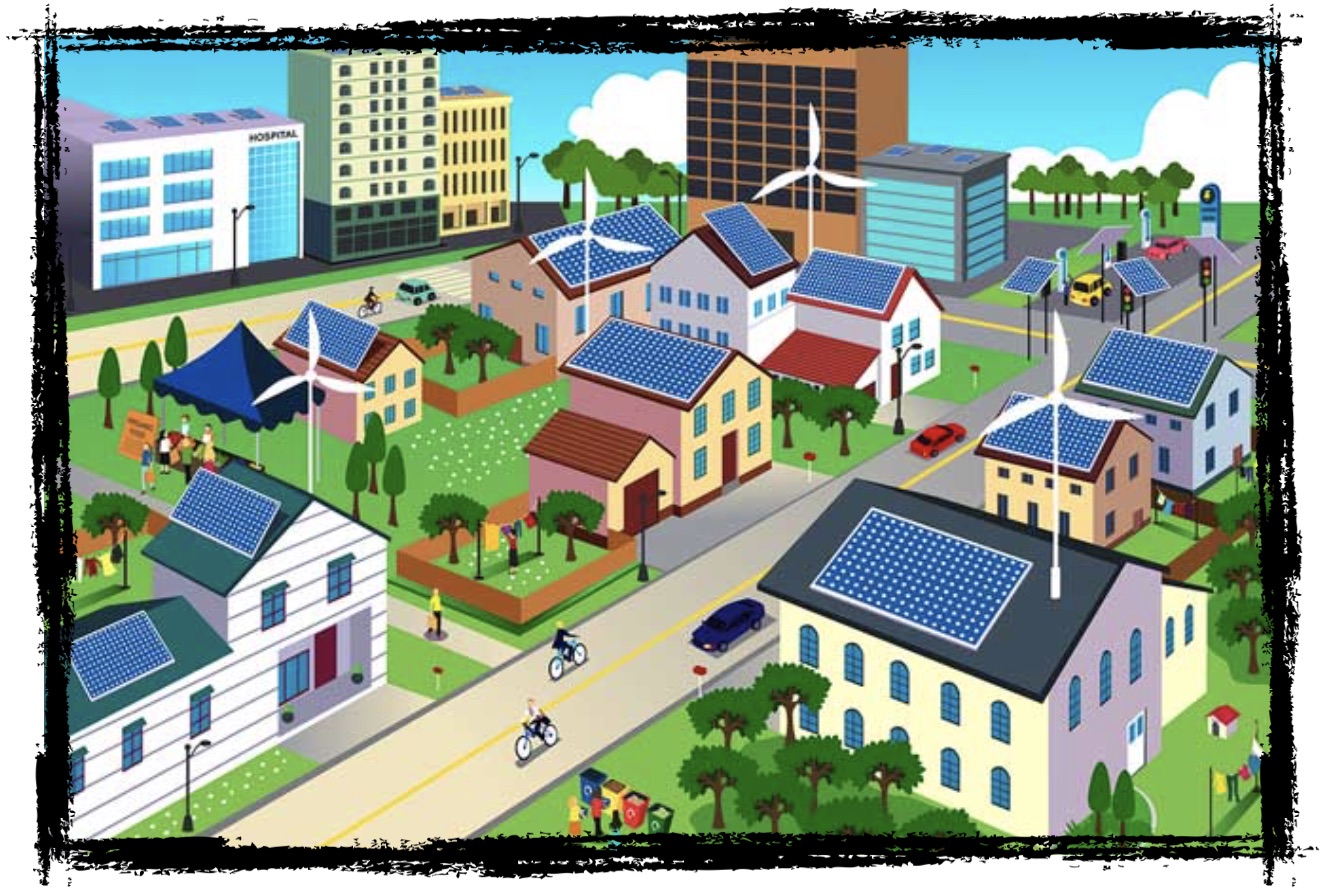

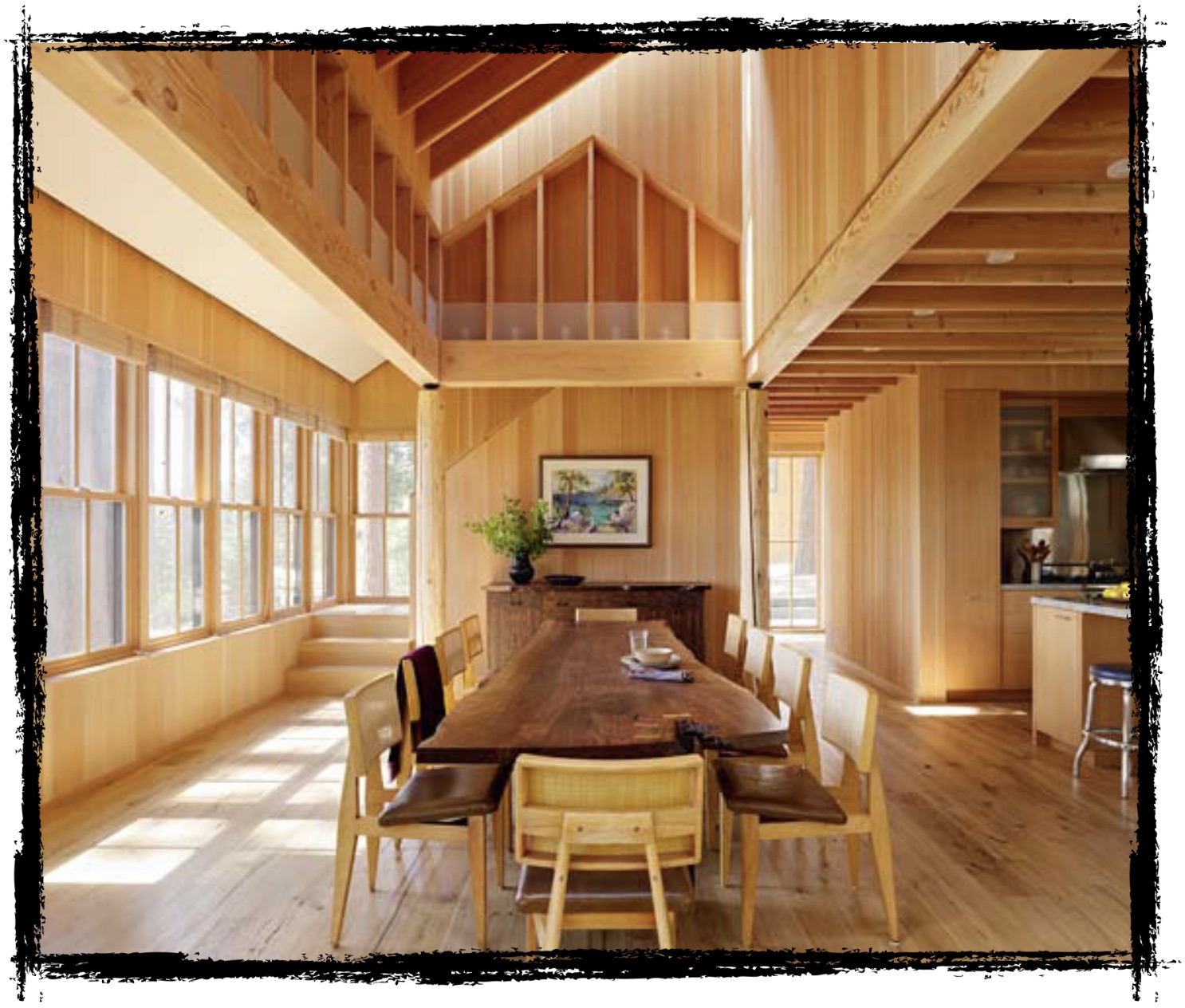
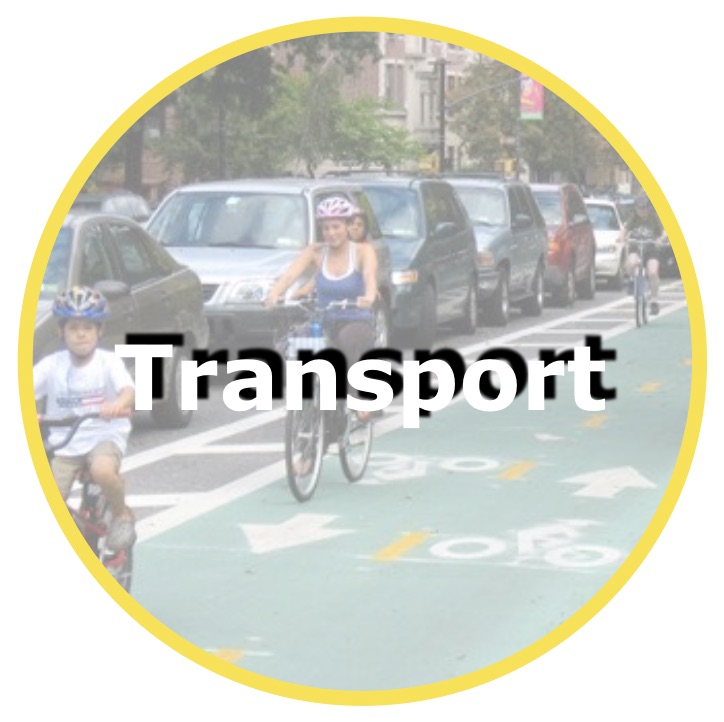
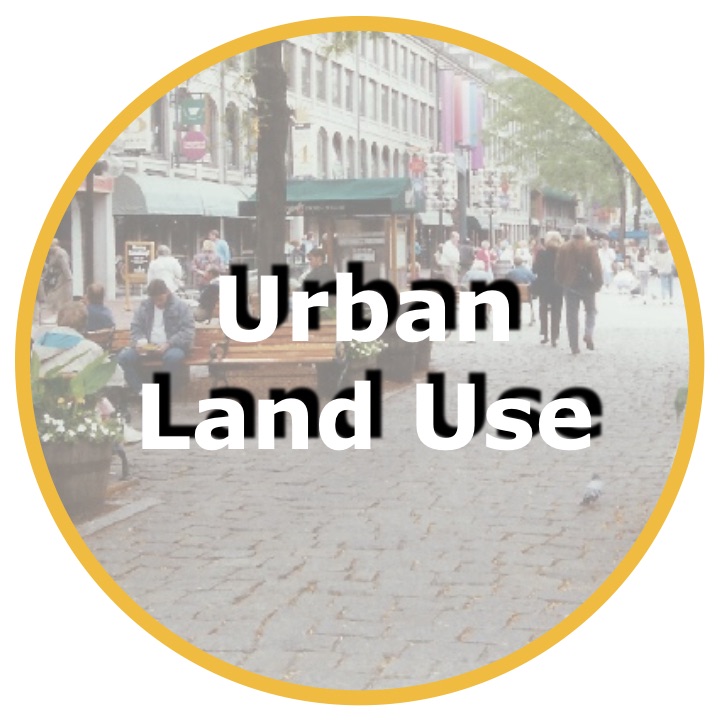


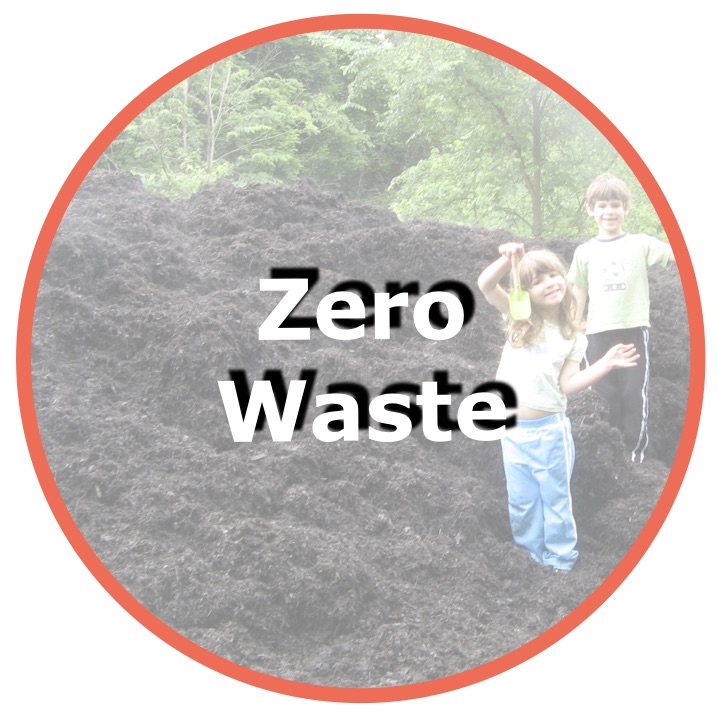

Comments (4)
We need to entirely rethink the living environments now.
1) Taller buildings with elevators and hallways that accommodate tiny electric vehicles. It will be important to have buildings that allowed for tiny cars to travel conveniently to the outside and back to the residence for electrical charging since we will be eliminating private garages.
2) Interior open space construction for plugging in resident owned self-cleaning mobile kitchen and bathroom pods.
3) Health, wellness and internal safety systems built into the buildings that include owner occupant identification and their temperature and heart rate etc...
4) In home delivery systems that automatically delivers groceries and other orders directly into each unit.
There are so many things that we need to start planning for right now so we as a community can build the communities and their infrastructures of the future.
Vertical rise buildings in central areas that define village centers with lower rise buildings extending out from them to green belts. (Villages as defined as having multiple neighborhoods or residential and live/work communities in one. We can have single city and county governments to manage many multiple villages). We must condense our foot print to reduce our energy needs and the distance all our utilities must travel to feed our individual use. It is more sustainable to enclose mixed-use residential and commercial spaces together into single large buildings to save on energy, and rising them up is much more beneficial to energy saving over the single family homesteads that must be spread out over long distances on large plots of land. These vertical rise building on smaller footprints allows for more green-scaping on and around them as well.
I really agree with the fact that we should be using more low tech solutions. Technology is all about expanding nowadays, but we still need to find other creative ways to save more energy.
Cities adopt policies that require replacing gas-powered appliances (e.g. hot water heaters) with electric ones when the old ones need to be replaced.